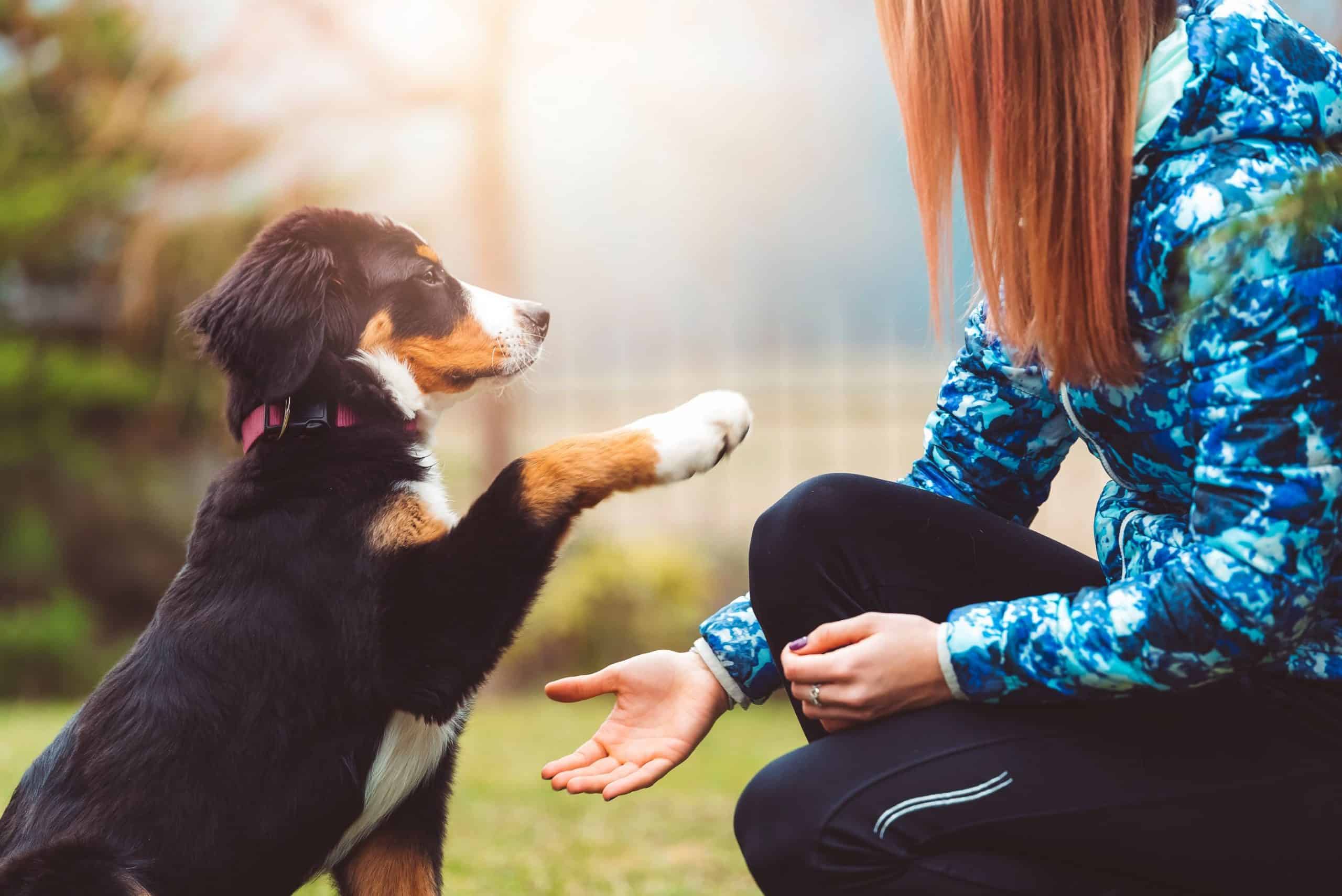One Thing to Do Now For an Out of Control Teenage Dog

Once upon a time, you may have been able to pick your puppy up when they were acting up. Now they’re bouncing off the walls, but much bigger, essentially a puppy in a full-sized dog’s body. The team at Animal Medical Hospital & Urgent Care has seen this scene many times before… the teenager phase!
What to Expect When You’re Expecting Teenage Antics
A teenage dog can range anywhere from six months to twenty-four months, depending on the breed, with larger breeds taking longer to mature. Unfortunately, this can be the period where that sweet little puppy you brought home all of a sudden turns into an unrecognizable unruly pup who has magically forgotten everything they learned in puppy kindergarten. Well, the good news is that training doesn’t stop with puppy kindergarten, and that’s excellent news if you weren’t able to get into one while they were smaller.
Your teenage dog is going to need socialization around other dogs, possibly other animals, definitely different types of people, and all sorts of situations with all kinds of sounds, sights, and smells! They’ll also need appropriate veterinary care during this time, such as spay or neuter and vaccinations. It may all seem like a lot because there is so much to keep in mind! Not to worry though, your Animal Medical Hospital veterinarian will help you design a custom wellness plan at your next visit. So let’s start with something simple you can do today, right now.
Sit Down to Calm Down
Your dog is going to require training throughout their lives, which is a common misconception that after they have “learned a skill,“ that it’s just in their memory bank forever. So here is a great first step to take with almost any dog of any size or any temperament: make “sit“ your best friend. Yep, it’s that simple. Just work on getting them to sit. If you can get your dog to truly master “sit,” it’s a lot more versatile than most people think. Are they jumping on the counters? Sit. Are they running away from you? Sit. Barking? Sit.
The Fundamentals Of Sit
Start out with a treat directly in front of your dog’s nose and raise it up over their head until they sit their hips down in an attempt to look up at the food. Once they understand this basic motion, the hand signal can be your hand raised as you treat from your other non-signaling hand.
Try three ten-minute sessions of asking your dog to sit and give them a treat when they do.
Many dog trainers compare asking your dog to sit to teaching a child to say “please“ for doing anything. The similarity is notable, and you can use it in situations where your dog wants something you have, which is usually just about every situation. For example, if your dog wants to go outside, ask them to sit (think of it like having them ask “please”), then they get to go outside.
And remember to always back up your request for a sit with a reward! Think how many times would you do something your boss asked if you weren’t paid each time?
Every time your dog understands what is being asked of them is a brand new chance for them to build confidence in themselves and trust your relationship. We love watching pets and their families grow closer. Please feel free to reach out before your next appointment if you have any questions or concerns about your growing teenage dog, or schedule your next visit now!
